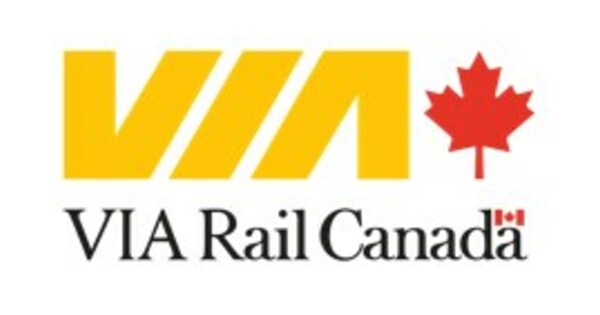For boarding, VIA should take a page from GO and not announce the gate until the train is ready for boarding. This way, people don't know where to line up.
Union has 3 escalators up to platform 16/17 in the VIA concourse. Platform 20/21 also has 3 escalators in the VIA concourse, this platform is shared with GO, so there is stair access from the GO concourses. I would be surprised if people haven't already used those stairs to bypass the lines in the VIA concourse.
View attachment 449686
Montreal has stairs like GO in its concourse, they're just closed off a lot. In Ottawa, there are ramps and escalators, but they control boarding access, by using the escalator for boarding as well. For commuter trains like 71, 75, 82, 83 there are a lot of people with just a backpack (I was one of them) who don't mind using stairs. I was taking escalator space away from someone with a lot of luggage. It doesn't really make sent to me why VIA isn't maximizing the utilization of the vertical access available at these stations.
As for people getting on the wrong train. GO operates a single-direction peak service on the Milton and Richmond Hill lines. If you get on one of those by accident, you're stranded until the next morning if you choose to take the train back.

 www.newswire.ca
www.newswire.ca






